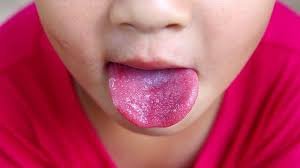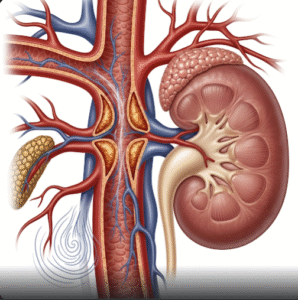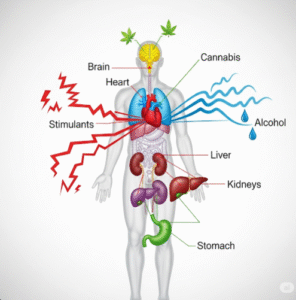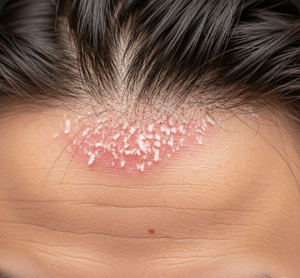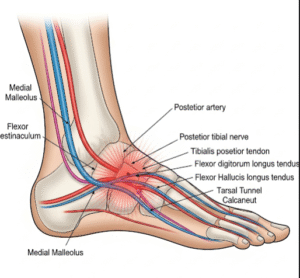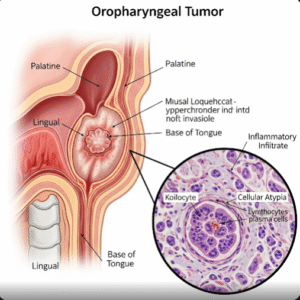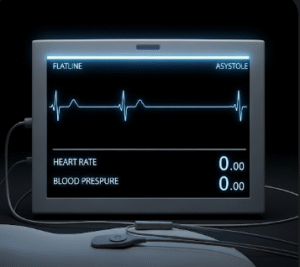Overview
Scarlet fever, also known as scarlatina, is a bacterial infection that mostly affects children and causes a distinctive red rash, fever, and sore throat. Although it was once considered a serious illness, modern antibiotics have made scarlet fever highly treatable. In Korea, cases are carefully monitored by the Korea Disease Control and Prevention Agency (KDCA), and treatment is widely accessible through pediatric and general healthcare services.
What is Scarlet Fever?
Scarlet fever is caused by group A Streptococcus (GAS), the same bacteria responsible for strep throat. It typically develops in children aged 5 to 15 and follows or accompanies a strep throat infection. The illness gets its name from the characteristic red rash that feels like sandpaper and spreads over much of the body.
Symptoms
- Red rash (starts on the neck and chest, then spreads)
- High fever (above 38.5°C or 101.3°F)
- Sore throat
- “Strawberry tongue” – red and bumpy appearance
- Flushed face with pale area around the mouth
- Swollen glands
- Headache
- Nausea or vomiting
- Peeling skin (during recovery phase, especially on hands and feet)
Causes
Scarlet fever is caused by toxins released by group A streptococcus bacteria. The infection spreads through:
- Respiratory droplets (coughing/sneezing)
- Shared utensils or cups
- Contact with contaminated surfaces
It often follows a strep throat infection, especially if untreated.
Risk Factors
- Children between 5 and 15 years old
- Close contact in schools, daycare centers, or crowded places
- Exposure to someone with strep throat or scarlet fever
- Weakened immune systems
Complications
If left untreated, scarlet fever can lead to:
- Rheumatic fever
- Kidney disease (post-streptococcal glomerulonephritis)
- Ear infections
- Pneumonia
- Abscesses (pockets of pus) in the throat
- Sinusitis
Prevention
- Teach children frequent handwashing
- Avoid sharing eating utensils, towels, or cups
- Keep infected children at home until 24 hours after starting antibiotics
- Cover mouth and nose when coughing or sneezing
- Disinfect surfaces and toys regularly
Treatment Options in Korea
South Korea offers accessible and effective treatment for scarlet fever through pediatric and primary care facilities. The condition is typically managed on an outpatient basis.
1. Diagnosis
- Throat swab to detect group A Streptococcus
- Physical exam to observe rash and symptoms
- Rapid antigen detection test (RADT) or throat culture
2. Antibiotic Therapy
- Penicillin or amoxicillin is the first-line treatment
- For penicillin-allergic patients: azithromycin or cephalosporins
- Antibiotics shorten the illness, prevent complications, and reduce contagion
3. Symptom Relief
- Paracetamol (acetaminophen) or ibuprofen for fever and pain
- Fluids and rest
- Saltwater gargles or throat lozenges for sore throat
4. Hospital Care
- Rarely required unless complications develop
- Severe cases with high fever, dehydration, or secondary infections may require hospitalization

